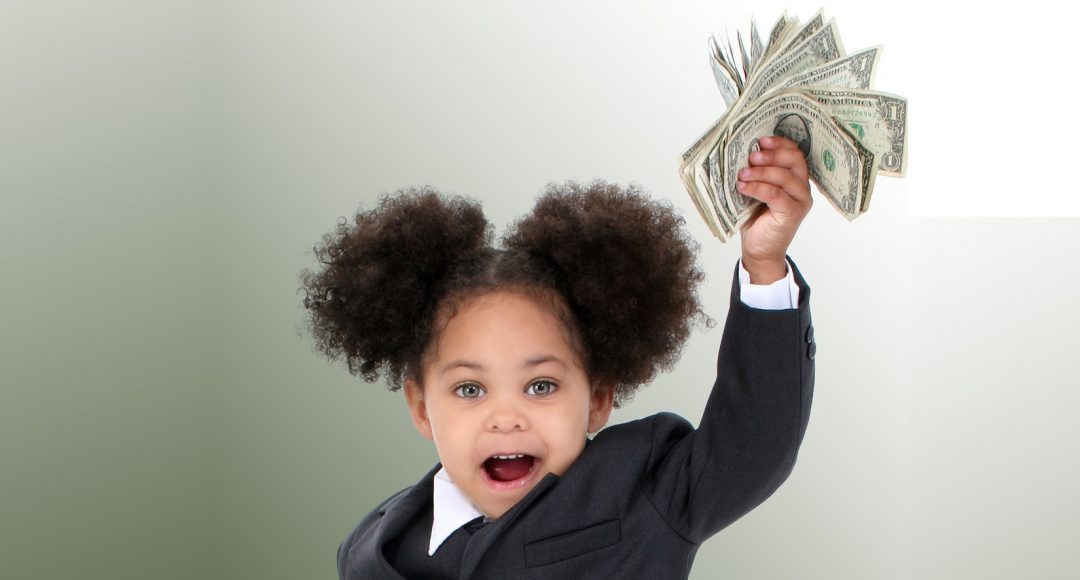
As adults, credit and debit cards are a convenience we’ve all learned to rely on daily. But what are your children learning when you pull out your credit card? Watching parents use credit cards is the most visible money behavior our children see. But our children aren’t ready to use credit and debit cards – not just yet. They first need to learn to use coin and currency responsibly.
However, today’s kids are not getting the opportunity to do so. From Hello Kitty debit cards to 12-year-olds with credit cards, our kids are starting off in the world of debit and credit without the benefit of cold, hard cash to show them that money really does have a beginning and an end. Add to this the further complication that our kids first learn to spend by spending our money, not money that they have earned, and you have unwittingly set the stage to raise an entitled child with no ability to delay gratification. The impact of this lack of money education can be seen in the consumer spending numbers for kids. Our kids are powerful consumers, spending our money at record levels.
Tween/Teen Spending
America’s ‘tweens, ages 8-12, independently spend $51 billion annually, money they get from sources such as gifts and allowances. Our teens independently spend about $175 billion. One in three high school seniors now carries a credit card and 63 percent of the income teens get and spend comes from us-not from what they earn, according to Alloy Media + Marketing. So, it should not be any surprise that when our kids go to college they take to credit like a fish takes to water and become overwhelmed with debt. To change our children’s behavior, we need to change our behavior.
Too Much at Stake
“There is too much at stake to leave the ‘basic training’ about money to chance and hope that your children will absorb pertinent information by osmosis,” says Charles Collier, Harvard University professor and author of Wealth in Families.
Too much indeed. Without some basic training our kids could eventually become members of the fastest-growing group of people declaring personal bankruptcy: 20- to 24-year-olds. And, for those college graduates, bad credit ratings can be used to deny them a job or insurance. Without a job, how can the debt-laden college graduate begin to pay back that debt?
See my next post to learn how.



Leave a Comment